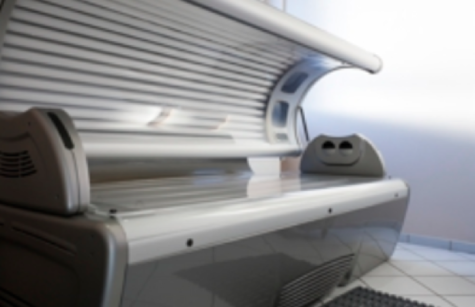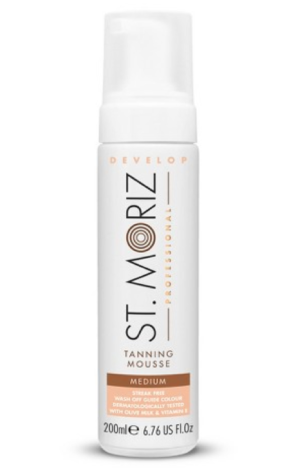Pick your poison: self tan or a real tan
May 23, 2018
Bronzed skin can be the result of a spray tan, self-tanner, ultraviolet (UV) rays, and more, but not all ways are equally safe.
It is widely known that too much exposure to the sun’s UV rays can cause skin cancer, so an easy solution to healthy skin is staying out of the sun. The trend for tans has not dropped though, so alternatives have developed, some just as dangerous as UV rays.
The Sun
The majority of the sun’s rays are not dangerous, however the ones that are can cause skin problems. The American Cancer Society explains that the rays damage the DNA of skin cells, causing wrinkles and skin cancer. The sun can also be bright enough to cause eye problems like cataracts.
The American Cancer Society also tells what makes the sun more dangerous. The rays are especially strong during the spring and summer months, and from 10:00 am – 4:00 pm. Also, reflections off surfaces like water and pavement can cause sunburn. Of course, being outside without sunblock during a sunny day heightens the risks as well.
Because of the fact that the sun can cause cancer, this mechanism of tanning sits pretty high on the list of possible dangerous ways in comparison to other ways of tanning.
Tanning Beds

Another strategy to achieve bronzed skin is tanning beds. Tanning beds simulate what the sun does, but with UV radiation and is in a controlled environment.
The American Academy of Dermatology says that tanning beds and sun lamps are known to cause cancer, and after one use of a tanning bed the risk of developing melanoma increases by 20 percent. In addition to cancer, premature skin aging, immune suppression, and eye damage can also be a result of indoor tanning according to The American Academy of Dermatology.
Spray Tans
Another form of fake tanning is spray tans. Spray tans are achieved by spraying a mist on the skin that interacts with its chemistry to turn it a bronze color.
Mayo Clinic mentions that the active ingredient in spray tans is dihydroxyacetone (DHA), and is approved by the Food and Drug Administration (FDA). The spray tan works by reacting with the dead skin cells on the surface of the skin to turn them darker. Mayo Clinic says that because of the way it interacts with the skin it will wear off in a few days.
Mayo Clinic also says that sunless tanning is a good alternative when used as advised. Because DHA is only approved for external use of the skin, complications can occur when inhaled. Livestrong explains that the chemical should not be inhaled, and if so could damage DNA and even promote cancer development when it enters the bloodstream. The good news however, is this is avoidable if face masks are used.
Tanning Lotion

Sold all over many big stores, tanning lotion is easily accessible and proven to be the safest of all approaches of tanning. Even though DHA is still in most tanning lotions, the likelihood of inhaling the product is much lower. Despite self-tanner being a much safer option, The Harvard University Medical School reports that DHA can cause damage to DNA cells. The long term effects of the ingredient, though, are still unknown.
Upon evaluation, there really are no safe ways to achieve bronzed skin; however, information does point toward safer alternatives like tanning lotions rather than exposure to UV rays, even though altering the skin’s state can always cause problems.





